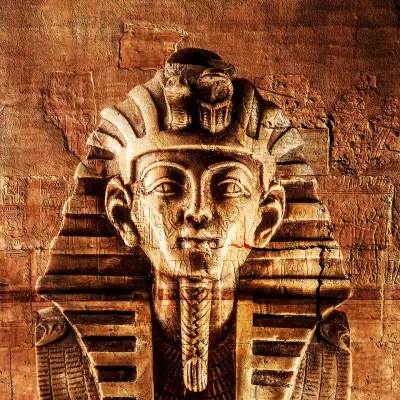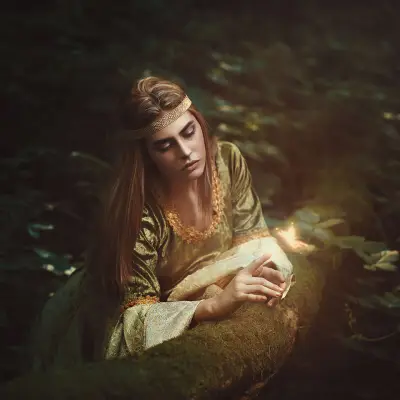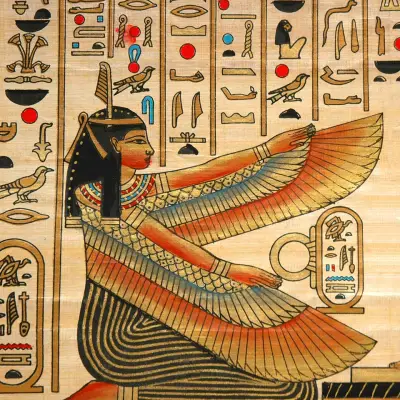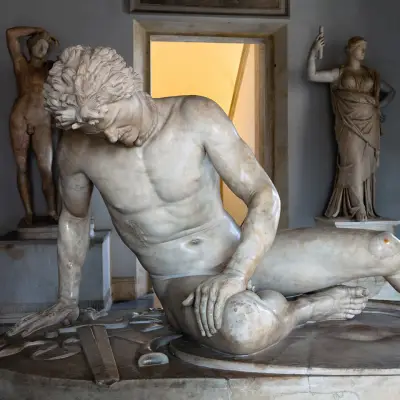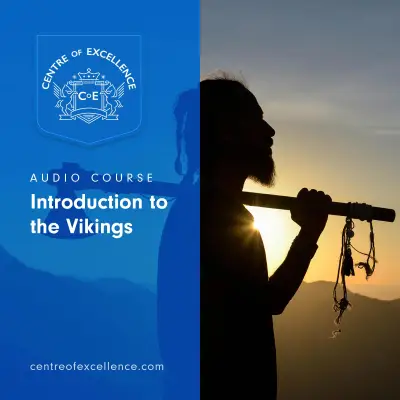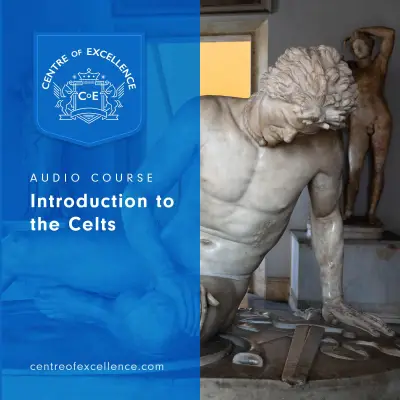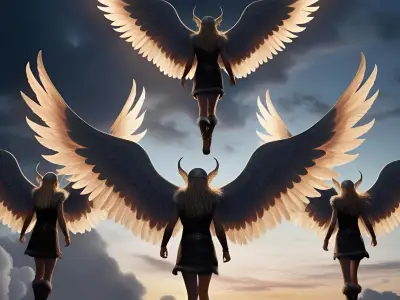If you've ever come across the figure of Hermod while reading about Norse mythology, you might have wondered who he really was and why his story stands out. He doesn’t take centre stage compared to other Norse gods, but his role is still fascinating and well worth exploring. This guide will give you a clear and engaging introduction to Hermod, his myths, powers, and symbols.
Jump to:
- Who Was Hermod in Norse Mythology?
- Hermod's Myths
- The Role of Hermod in Norse Storytelling
- What Powers Did Hermod Possess?
- Symbols Associated with Hermod
- Hermod’s Lineage and Connections
- Hermod in Modern Culture
- Hermod’s Worship and Legacy
- Frequently Asked Questions About Hermod
- Study Norse Mythology for £29
Recommended for you!
Best SellersWho Was Hermod in Norse Mythology?
Hermod (also spelled Hermóðr) is a god in Norse mythology who is often described as the son of Odin, the Allfather of the gods, and brother to Baldr. While not as prominent as some of the other gods, Hermod is remembered for one heroic act that has echoed through the ages.
Hermod is best known as the messenger of the gods. His most famous tale involves a daring ride to the realm of the dead, Hel, in an attempt to bring his brother Baldr back to the land of the living. Because of this, he is sometimes referred to as Hermod the Brave.
Hermod's Myths

Hermod’s defining myth begins with the death of Baldr, one of the most beloved gods in Norse mythology. After Baldr is killed — a tragic event foreseen by the gods — his spirit descends to Hel, the land of the dead.
Stricken with grief, Odin asks for someone to ride to Hel to plead for Baldr’s return. Hermod volunteers and mounts Sleipnir, Odin’s eight-legged horse, beginning a perilous journey that takes him through the dark and misty realms of the underworld.
After nine nights, Hermod reaches Hel and finds Baldr seated in honourable splendour. Hermod delivers the gods’ message to Hel, the ruler of the realm. She agrees to release Baldr on one condition: that every living thing must weep for him. Hermod then returns to Asgard with Hel’s answer, but unfortunately, one being refuses to cry — and Baldr remains in the world of the dead.
This story defines Hermod’s bravery, loyalty, and willingness to take on a near-impossible task for the sake of family and the gods.
The Role of Hermod in Norse Storytelling
Hermod doesn’t appear often in surviving Norse texts, but when he does, it’s with great significance. His role as a messenger god and a bridge between the living and the dead gives him a unique place in mythology.
He represents the Norse idea of honourable action, even in the face of hopeless odds. His journey to Hel is one of the few times a living god travels to the underworld and returns — a feat that marks him as extraordinary.
He also appears in poems and sagas as a symbol of communication between realms. Some stories even confuse or link him with the god Heimdall due to their shared associations with duty and guardianship, though Hermod is more specifically tied to messages and missions.
What Powers Did Hermod Possess?
Unlike gods who wield lightning or shape-shift at will, Hermod’s powers are more subtle — but no less meaningful.
His greatest strengths are his courage, his endurance, and his connection to the divine horse Sleipnir. Being able to ride Sleipnir to the underworld and back is no small feat; it shows that Hermod has access to realms others cannot enter, and the stamina to complete a dangerous mission without fear.
Some interpretations suggest Hermod also possesses the ability to move swiftly across worlds, making him an inter-realm traveller — similar in function, though not necessarily in form, to the Greek god Hermes.
However, the two gods have their differences. While both act as messengers of the gods and travel between worlds, Hermes is part of the Greek pantheon and also governs trade, thieves, and travel. Hermod, on the other hand, is more focused on communication between the realms and heroic action in the face of despair. Hermod’s power lies more in loyalty and duty than in cleverness or commerce.
Symbols Associated with Hermod
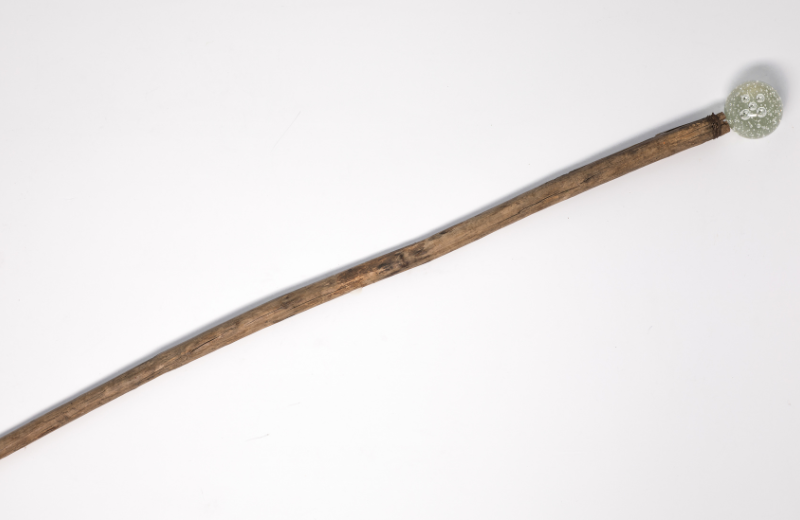
Hermod doesn’t have as many obvious symbols as Thor’s hammer or Odin’s spear, but certain elements are closely tied to him.
- Sleipnir: The eight-legged horse is a strong symbol of Hermod’s myth. While Sleipnir belongs to Odin, it’s Hermod who famously rides him to Hel.
- The Hel-road: The misty, shadowy path to the land of the dead can be seen as symbolic of Hermod’s connection to realms beyond the living.
- Staff or rod: In some artistic interpretations, Hermod is shown with a staff, representing his role as a divine messenger.
These symbols help illustrate his unique place in the mythological world — as a god who dares to go where others cannot.
Hermod’s Lineage and Connections
Norse mythology offers only limited detail about Hermod’s origins, particularly when it comes to his maternal lineage. While he’s most commonly described as the son of Odin, the Allfather and chief of the Aesir gods, the identity of his mother remains uncertain in the surviving sources. Some accounts refer to him as Baldr’s brother, suggesting a close familial tie to one of the most beloved gods in the Norse pantheon.
Being the son of Odin places Hermod firmly among the Aesir, the principal group of deities in Norse mythology. This divine family includes well-known gods such as Thor, the thunder god; Tyr, the war god; and Heimdall, the ever-watchful guardian of the Bifrost bridge.
Hermod’s identity is largely shaped by his relationships. He is Odin’s son, a messenger for the gods, and a brother (or close companion) to Baldr. These connections underline his importance in Norse myth, not through individual exploits or feats of power, but through the key roles he plays in moments of crisis and transition. His actions reflect the values of loyalty, courage, and duty — traits that define him within the larger mythological tapestry.
Hermod in Modern Culture

Though Hermod isn’t as well-known as gods like Odin or Thor, he hasn’t been forgotten in modern retellings of Norse mythology. He occasionally appears in books, video games, and other forms of entertainment, often reimagined to suit contemporary audiences.
In video games, Hermod features in the mobile role-playing game AFK Arena as a celestial hero. Another notable example is Kingdom Hearts: Dark Road, where a character named Hermod appears as a trainee keyblade wielder. While this Hermod isn't a direct translation of the Norse god, the choice of name and his role in delivering knowledge and guidance draws loose inspiration from his mythological namesake.
In literature, Hermod is mentioned in Neil Gaiman’s Norse Mythology (2017), a modern retelling of the Norse myths. Gaiman recounts the story of Hermod’s ride to Hel to retrieve Baldr, portraying him as brave, steady, and determined — a faithful rendering of the original myth.
Hermod also appears briefly in the Prose Edda, which continues to be a popular source for adaptations and studies in Norse-inspired fiction, roleplaying games, and TV series. While he is rarely a central figure, his symbolic role as the brave messenger adds depth to modern stories exploring Norse themes.
Hermod’s Worship and Legacy
There is little evidence that Hermod had a strong following or dedicated temples in ancient Norse society. Unlike other gods who were widely worshipped, Hermod’s role appears to have been more literary and symbolic.
However, his legacy lives on in stories that celebrate courage, loyalty, and the willingness to face the unknown. Hermod reminds us that sometimes, the bravest act is not victory in battle, but taking on an impossible task because it’s the right thing to do. In modern times, those studying Norse mythology often find Hermod fascinating because of this moral courage and quiet strength.
Recommended for you!
Best SellersFrequently Asked Questions About Hermod
What happened to Hermod in Ragnarok?
Interestingly, Hermod’s fate during Ragnarok — the end-of-the-world event in Norse mythology — is not clearly detailed in the surviving sources. His role in the final battle remains a mystery, which adds to the intrigue surrounding his character. It’s possible his story was lost or simply not a central part of the Ragnarok narrative, leaving room for interpretation.
Was Hermod considered a god or a demi-god?
Hermod is generally considered a god in Norse mythology, specifically one of the Aesir, and often referred to as the son of Odin. Some scholars speculate whether he had a more human side or demi-god qualities due to his limited mythological mentions, but traditional sources list him among the divine.
Did Hermod have any weapons or magical tools?
Hermod is not associated with specific weapons or magical tools. His strength is more symbolic — found in his unwavering resolve and his trusted steed, Sleipnir. His journey to Hel highlights that bravery, not weaponry, is his defining feature.
Study Norse Mythology for £29
Norse mythology is full of fascinating gods, legends, and deeper meanings waiting to be explored. If you’re fascinated by Hermod and Norse mythology, why not take your knowledge further? At Centre of Excellence, you can enrol in the Norse Mythology Diploma Course for just £29! Learn about the gods, myths, and legends in greater depth and explore the rich history of the Vikings.

